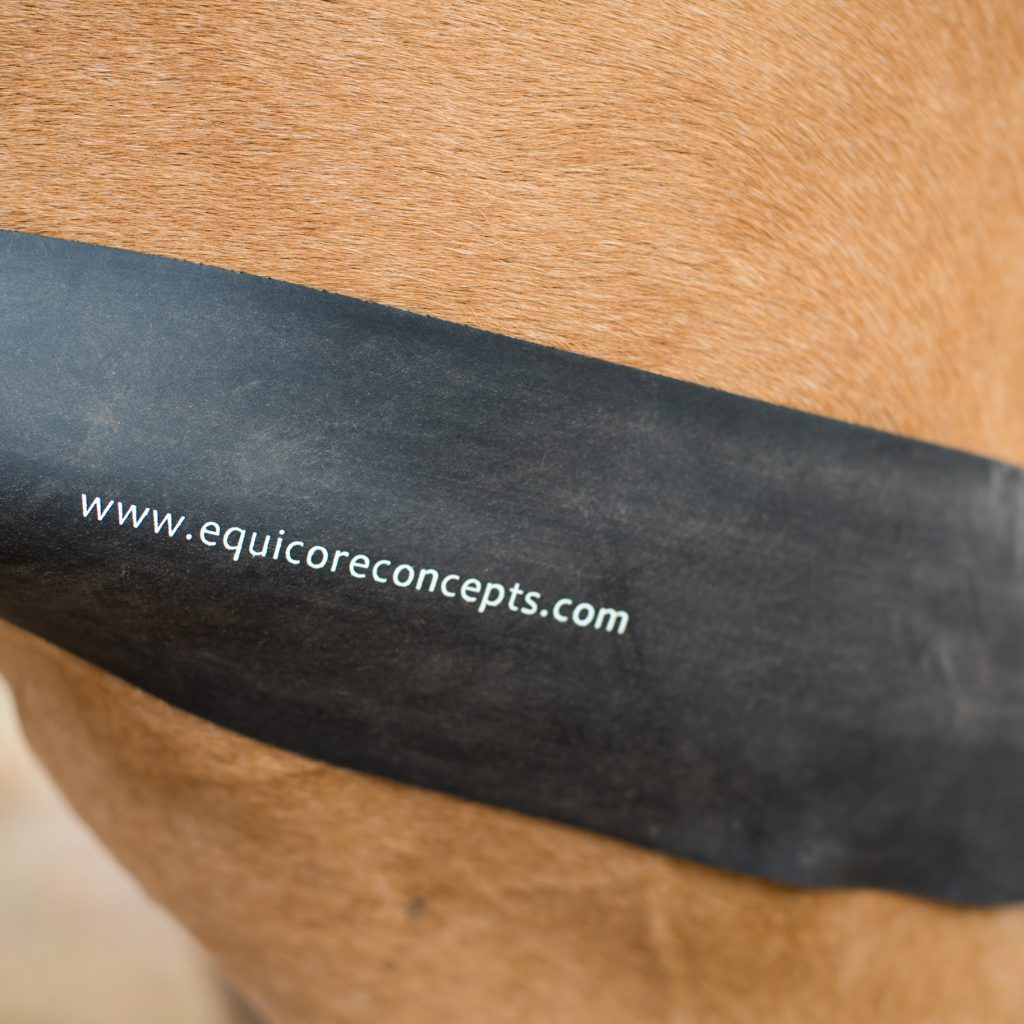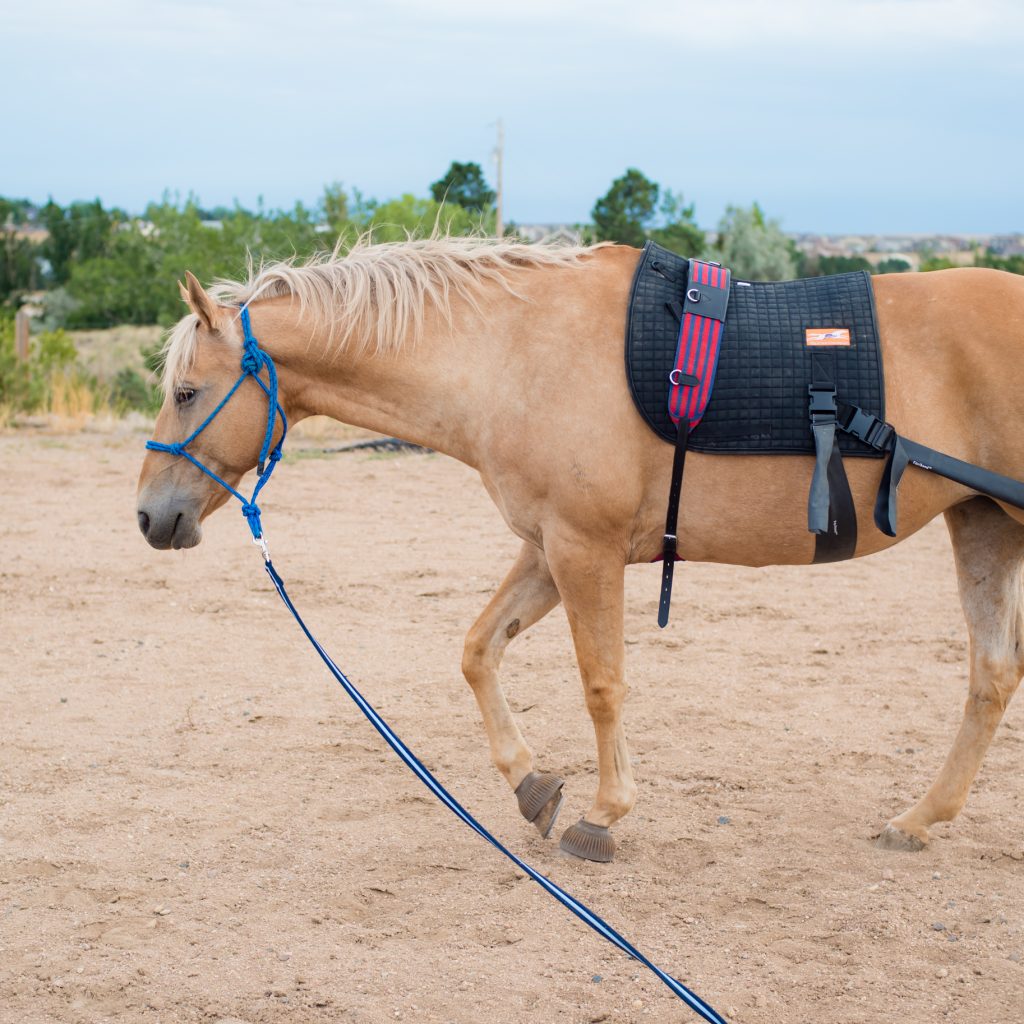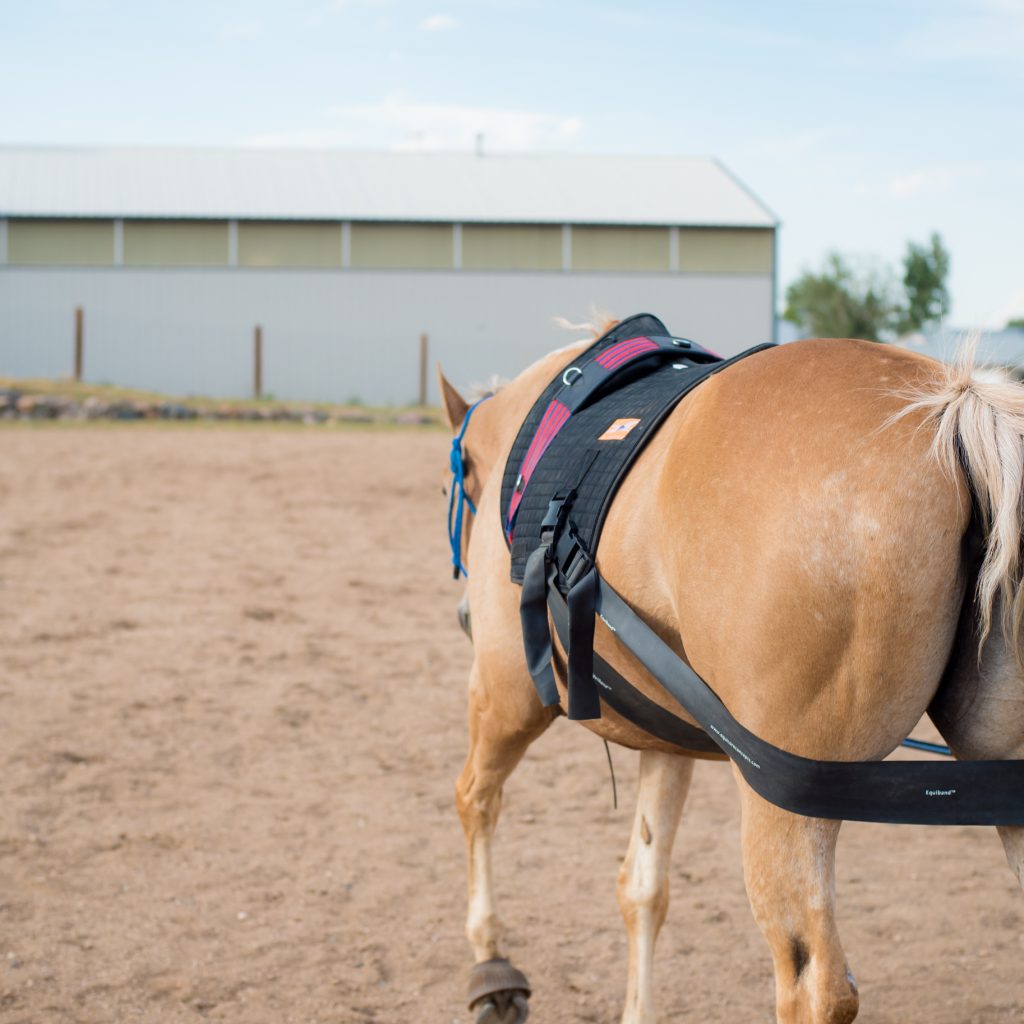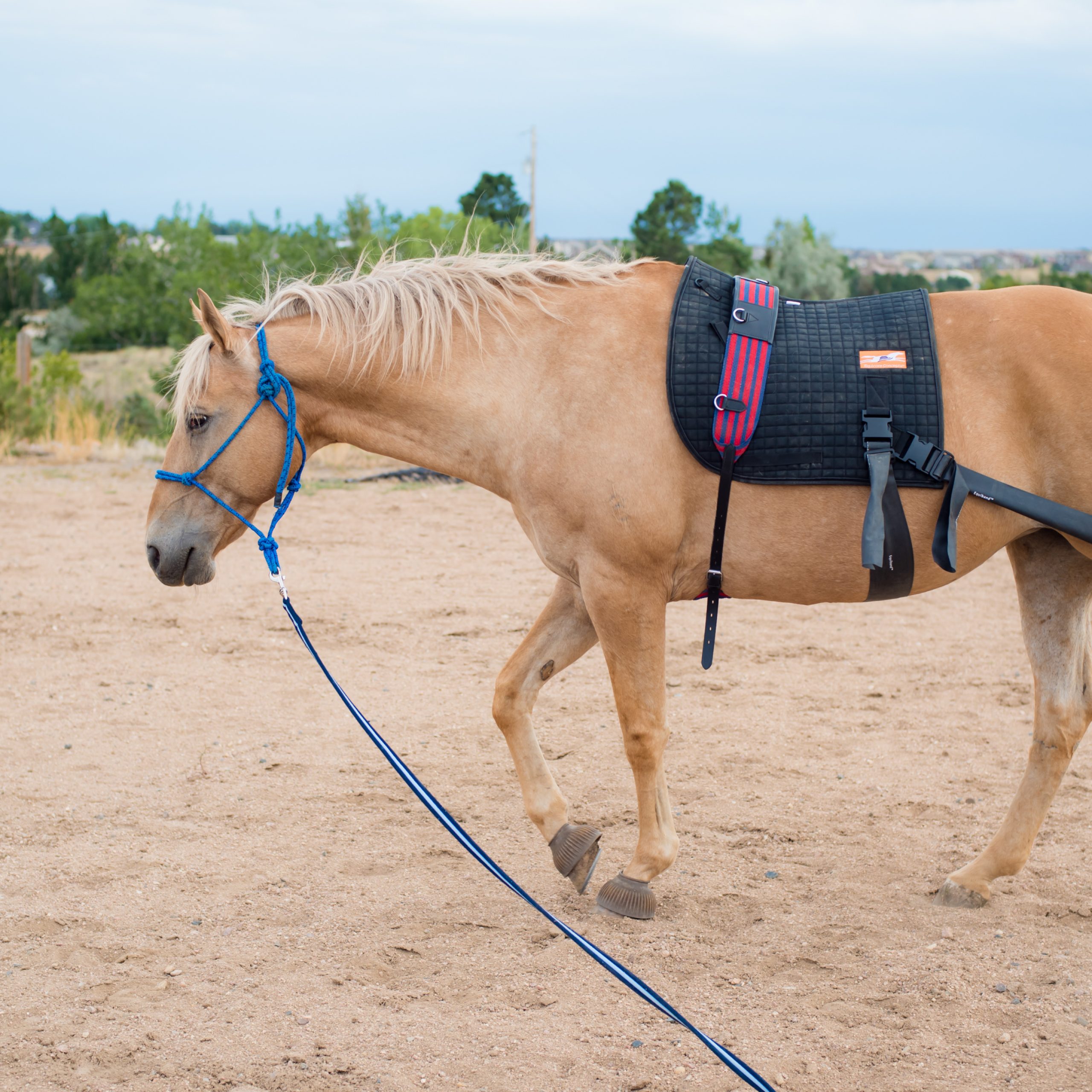Wait! Come back!! Even though your horse is currently sound and healthy, many of the topics in this blog are still applicable to you and your riding partner!!
My purpose in writing this blog is to broaden the minds of my readers into better understanding what modalities are available as it pertains to building a stronger and sounder equine partner. Just because your horse is currently sound, doesn’t mean you shouldn’t be pursuing additional exercises outside of the saddle to help preserve soundness and prevent lameness. From basic hill work to raised trot poles and the EquiCore system, many of the modalities below will help you to build the strongest horse possible. The stronger your riding partner, the lower the risk of injury while on the trail or in the arena.
Stretching
Please oh please don’t extend your horse’s leg out in front of them without providing ample support to the knee! In doing so, the knee becomes hyperextended, and you could injure the small collection of carpal bones that comprise the horse’s knee. Instead, hold the limb behind the knee and ask for forward stretch from the knee, not the hoof or the fetlock. There are no muscles below the knee so why try to stretch what isn’t there? This is one of the most common mistakes I see when clients are trying to stretch their horse’s limb, when in reality, this stretch is really geared toward stretching the muscles of the shoulder and upper limb.


Personally, I am a huge fan of carrot stretches. These are so helpful for helping to alleviate muscle tension in the horse’s neck while also bringing flexibility through the bones, muscles, and ligaments of the neck. There is also the added bonus of abdominal strengthening once your horse builds up flexibility and starts really getting deep into their stretches. I stand with my back towards the horse’s shoulder and ask the horse to stretch around the front of my body back towards the levels of the stifle, hock and hoof, aiming to hold a stretch at each zone for a minimum of five seconds. Some horses will try to cheat and move their haunches away to avoid stretching through the neck and thorax. Standing with the horse against a wall can help eliminate this form of cheating. Personally, I use carrot stretches five days a week, asking my mare to stretch both directions multiple times, multiple zones. After a few weeks of consistent stretching, you’ll be amazed at the increased range of motion.

Sure Foot Pads®
Once your horse becomes proficient at the carrot stretches, Sue Foot pads are a fantastic way to increase the intensity of the exercise. The pads come in varying densities. The harder the pad, the higher the stability, the softer the pad, the higher the dynamic instability. This is the same concept as performing yoga or pushups on a Bosu ball. By increasing the instability of the surface the horse is standing on, we increase the workload of the tiny, stabilizing muscles of the limb while also applying small amounts of stress to the ligaments supporting the joints of the lower limb. Both processes work to increase the strength of the soft tissue structures supporting the limb which then decreases the risk of injury in a performance setting. I will also use the soft, squishy Sure Foot pads in my patients suffering from chronic foot pain like laminitis. By providing them a soft surface to stand on during farrier appointments and follow up exams, I improve the quality of their experience while also increasing their overall comfort. I do not recommend these pads for use in horses recovering from acute soft tissue injuries as the dynamic instability of the exercise can potentially worsen the injury.

Raised Trot Poles and Hill work
Assuming your horse is sound, raised trot poles and riding up hills will help to engage the muscles of the back and haunches. Keep in mind that you’re not using trot poles to increase the length of the stride, but instead, you’re aiming to increase the height of the step taken over the pole. As such, increasing the distance between your poles will be counter productive as it will result in a hollowing of the horse’s back and excessive extension of the lumbosacral joint. Aim for a slower trot with a higher step over the pole.
As for riding hills, many horses want to traverse hills with their head held high and their back in extension (hollowed out). (We are after all asking them to carry us on their backs while climbing hundreds if not thousands of feet in altitude. Why would they want to work harder than necessary?) A horse will build better musculature climbing hills if asked to climb at a slightly slower pace with their head in a very slight frame (versus giraffe pose). Same can be said for descending hills and mountains.

The Equi-Core System
If you have spent any time in my truck, you have heard me reference the Equi-Core system at least once a day. Seriously, I should earn a commission with the number of sales my recommendations have resulted in! This system consists of one to two, wide, flat resistance bands that go around the horse’s haunches and under their belly. You can use one band at a time to isolate an area of work, or both bands simultaneously. The benefit of this system (above all other training systems out there) is that it never contacts the horse’s mouth. The mere presence of a loose band around the haunches can instantly increase the level of engagement of the horse’s pelvic muscles.

By engaging the pelvic muscles, we tilt the pelvis towards the forelimbs which brings the hind limbs further under the horse’s belly, elongates the muscles of the back and engages the abdominal muscles, all without having to be a Grand Prix dressage rider! The bands can be used at certain portions of a training ride or throughout the entire ride. They can be used on a trail ride or during a beginner’s riding lesson to build topline musculature in the horse, without the rider having to do a thing. You’ll want to introduce the bands slowly, one at a time, so your horse doesn’t feel trapped by them, and you’ll want to slowly increase the amount of time your horse spends in them so he doesn’t get sore. After several weeks working in the Equi-Core system, you should see an increase in topline and gluteal musculature.




